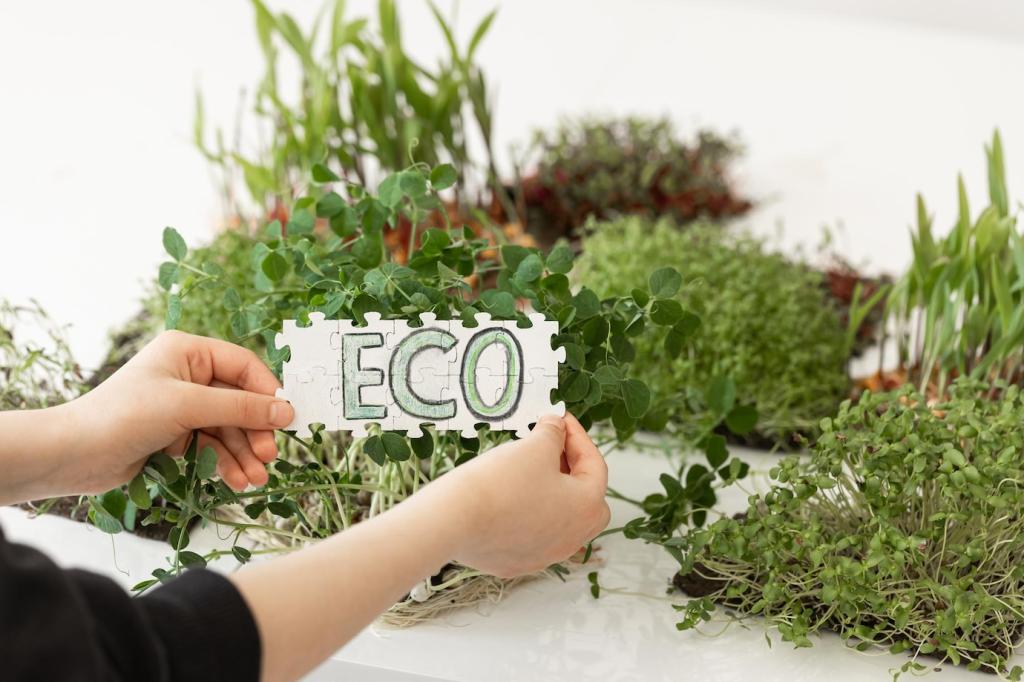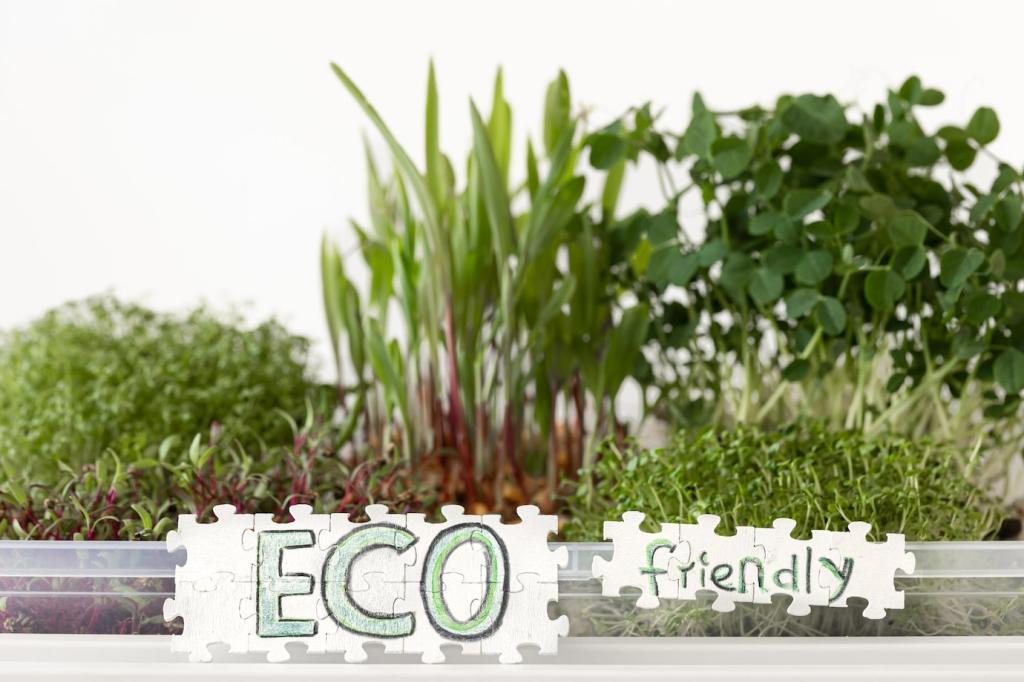Food With a Smaller Footprint: Catering Strategies
Lead with flavor and color, not sacrifice. Think smoky mushrooms, vibrant grains, and bold sauces. Studies suggest plant-heavy menus can halve emissions compared with beef-heavy options. Offer small tasting notes at buffets to spark curiosity. Share your crowd-pleasing plant mains so others can test them.
Food With a Smaller Footprint: Catering Strategies
Source from nearby growers, highlight the farm stories, and align menus with harvest calendars. Right-size portions and plan refills instead of overcatering. At a coastal conference, switching to seasonal veg and accurate headcounts cut food waste by a third without a single complaint.





